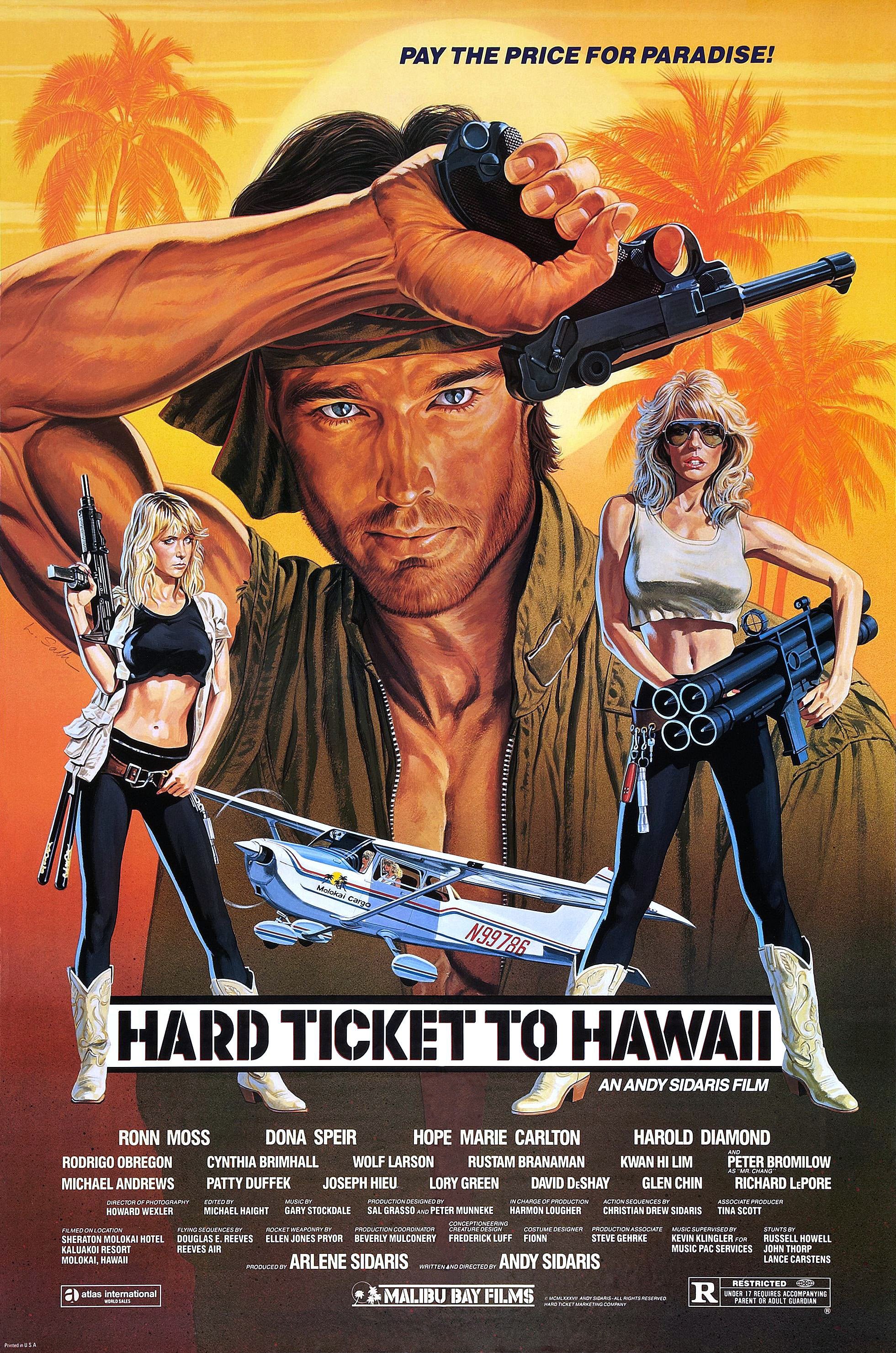In the spring of 2020, when AT&T finally rolled out HBO Max (later rechristened Max), sign-ups were sluggish. “Pricing is high, the buzz is not there,” industry analyst Michael Nathanson said a few days after the app appeared, noting that his own children were totally indifferent to it. Somehow a company with three celebrated animation studios and one of the world’s largest collections of cartoons had failed to generate much interest from young viewers. “Nobody came to me yesterday and said, ‘We should get HBO Max now, Dad.’ ”
Zaslav, now dealing with his new company’s ballooning costs and vaporized cash flow, implemented a multibillion-dollar cost-cutting plan that touched every part of Warner Bros.’ business. It particularly irked creatives, including cartoonists who felt they were even more vulnerable to the scythe-swinging than their peers in live action. When cuts hit Turner Classic Movies, for example, Steven Spielberg and Martin Scorsese jumped on a Zoom with Zaslav and ultimately won some concessions for the cherished classic-film channel. Who would ride to Cartoon Network’s rescue? The animation industry’s stars weren’t famous actors or silver-tongued directors; they were fictional characters—by and large a bunch of anthropomorphic animals and bug-eyed misfits with nebulous executive function skills. Samurai Jack and Gumball couldn’t exactly roll up to the boss’ mansion and sweet-talk budget protections over cocktails and sign autographs for the nephews. Quite possibly, the cartoonists were screwed.
In 2023, Warner Bros. revealed that it would be shutting down Cartoon Network Studios’ home in Burbank and moving the remaining staffers into the “Iceberg,” the company’s glistening, Frank Gehry-designed offices a few miles away. What little remained of the network’s prized independence was over. Workers came in, painted over the treasured mural of graffiti on the stairwell walls and pried the Cartoon Network logo off the building’s facade. Van Partible, the creator of Johnny Bravo, went back for one final, dispiriting look around. “It was just really sad,” he says. Last fall, Cartoon Network began airing Barney’s World, a sugary-sweet reformulation of PBS’s onetime live-action show, starring the soft purple dinosaur. In the decade and a half since the original series went off the air, the toymaker Mattel Inc. had snapped up the Barney IP and concocted a plan to revive it for the benefit of toddlers and shareholders. “It’s exactly the kind of thing that people at Cartoon Network would have once made fun of,” says Simensky, the former Cartoon Network executive.
But in the current media environment, the dancing dinosaur is an important draw for the network in the US and far beyond, according to Vanessa Brookman, the Warner Bros. executive in London. In some regions, such as Latin America, where cord-cutting has yet to decimate cable and broadcast audiences to the same degree as in the US, kids still spend sizable chunks of time in front of the family TV, she says. Along with Barney, the company is also developing a reboot of The Powerpuff Girls and shooting spinoffs of Adventure Time and Regular Show. This year, according to a company spokesperson, a seventh season of The Amazing World of Gumball will make its debut on Cartoon Network, as will new episodes of Total Drama Island: Reboot and We Baby Bears—both based on previous Cartoon Network shows. Brookman disputes the widely held presumption in the animation community that Cartoon Network has largely given up on originals. In April it began airing Roye Okupe’s Iyanu, a new series about a teenage girl with magical powers. But in the current environment, Brookman says, reboots of past hits make good business sense. They’re easier to market cross-culturally to global audiences, and middle-aged parents are eager to introduce the vintage Cartoon Network characters to their own kids—the kind of multigenerational on-ramp that rivals like Disney have been so good at building over the years. “The easiest way for me to do that now is to do it with our really beloved IP,” Brookman says. Retired animator Robert Alvarez says of the future of the network: “Scooby-Doo is like a vampire. You can’t kill it.”
In the meantime, Warner Bros. Discovery continues to rent out pieces of its historic inventory as it keeps paying down debt. Along the way, most of Cartoon Network’s past shows have been pulled from Max, either shelved to save money on upkeep costs such as residual payments to writers and actors or licensed out to other streaming services, primarily Walt Disney Co.’s Hulu.
The paucity reflects a recent turn in strategy. In December, when Warner Bros. announced it would no longer pay for exclusive new episodes of Sesame Street on Max, it conceded that the intended audience—kids—wasn’t there. “Based on consumer usage and feedback, we’ve had to prioritize our focus on stories for adults and families,” a Max spokesman said at the time. Meanwhile, much of the kids material commissioned for Max’s launch in the AT&T years has already been removed from the app, such as the short-lived Elmo talk show, which has mercifully vanished. “They went with safe crap, which obviously failed,” Alvarez says. (A recent perusal of the Cartoon Network tile on the Max app revealed a total of 11 series to choose from out of the hundreds of shows that have aired on the cable channel over the years.)
If there remains a source of hope for Cartoon Network’s more disillusioned fans and alumni, it exists some 2,000 miles away in Atlanta, where the Adult Swim team still resides. On a Tuesday morning in February, Michael Ouweleen, president of Cartoon Network and head of Adult Swim, strolled through the hallways at the Williams Street studio. If you squinted, it almost felt like the heady days of Peak Cartoon. Ouweleen went past a gaggle of young art-school grads in training and a room with a guy animating a scene of a tree falling on a screaming character. He walked into a windowless room where, amid a smattering of tripods, cameras and papier-mâché, workers were preparing an elaborate April Fools’ stunt for the amusement of the network’s fans. (Several weeks later, on April 1, Adult Swim would broadcast a half-hour special of its hit show Rick and Morty reimagined as live-action theater sketches.)
Ouweleen, who helped to start Adult Swim more than two decades ago and has worked in almost every aspect of animation series creation, from programming to marketing, says its mission essentially remains the same: Find talented artists with a unique point of view and help them realize their vision. He points out that it still maintains a shorts program to act as a pipeline for new talent. Under the current iteration, artists can get between $6,000 and $8,000 to develop brief videos—roughly 50 of which are presented on Adult Swim’s YouTube channel every year.
With cable TV audiences continuing to skew older, Warner Bros. keeps handing over large chunks of Cartoon Network’s daily airtime to Adult Swim, which at the moment seems poised to have a brighter future than the mother ship. It currently has two series in production at Williams Street and five other new or recurring series that will air new episodes in 2025. In late May, its biggest hit, Rick and Morty, will come back for its eighth season, albeit without co-creator Justin Roiland, who was forced out after being accused of domestic violence (the charges were later dropped) and inappropriate workplace behavior (which he has denied). Ouweleen says there’s been no pressure from above to shift into reboot mode. “We’ve never been questioned on why we do all originals right now. Everyone’s fine with it,” he says.
For now, the network’s fate remains tied to the troubled fortunes of Warner Bros., which has lost more than 60% of its market value since Zaslav took over. Earlier this year, the company completed a reorganization that essentially carves out the legacy basic cable networks, including Cartoon Network and Adult Swim, from the rest of the company’s assets. On the morning of May 8, Warner Bros. revealed it had added another 5.3 million streaming customers in the first three months of the year, and that adjusted profit from the streaming unit had grown to $339 million. Afterward, a CNBC reporter speculated on the air that Warner Bros. will “almost definitely” spin off its new cable networks division, which sent Warner Bros.’s share price soaring by as much as 8.6%—a strong sign that the market is eager for Zaslav to jettison the aging channels.
Having paid down the company’s debt significantly over the past three years, Zaslav is better positioned than ever to ramp up the company’s investment in original animation—if he wants to. To date, he’s remained mum on his plans for Cartoon Network and Adult Swim. While the future of animated kids shows for TV looks iffy at Warner Bros., the company is still pouring hundreds of millions of dollars into feature-length animated movies for kids, which mostly continue to perform well at the box office. Warner Bros. Pictures Animation has several big animated movies slated for theatrical distribution in the years ahead, from a reboot of The Cat in the Hat to a musical comedy titled Bad Fairies.
Ouweleen isn’t worried about the future of animation at Warner Bros. and beyond. The entire history of cartoons, he points out, has been marked by almost nonstop technological disruption. “Animation is amazing at adapting to a different economic reality or a different consumption habit,” he says. Even so, Adult Swim will have to continue to grapple with the same downward viewership pressure that is affecting all of cable TV. According to Variety’s yearend analysis of Nielsen ratings data, in 2014 Adult Swim averaged 1.3 million total viewers in prime time. By last year that figure had dropped to 210,000.
(continued in reply…)





































Fortunately, Adult Swim’s shows tend to live easily these days alongside the kind of prestige HBO dramas, edgy comedies and indie A24 movies that have come to largely define Max’s core offerings. In February, Adult Swim began airing Common Side Effects, a comedy caper about an amateur scientist who discovers in the mountains of Peru magic mushrooms capable of healing just about every human ailment and is subsequently hunted down by a shadowy cabal of big pharma execs. The bloody, paranoid gonzo show seems perfectly engineered for the current “Make America Healthy Again” moment. It’s the output of an impressive creative pedigree that includes a former writer for Veep, the co-creator of Scavengers Reign and Mike Judge, from King of the Hill and Beavis and Butt-Head.
Following its debut, Common Side Effects regularly appeared in the top 10 most popular series on Max, and among critics it has received the kind of effusive praise often reserved for auteur-driven serialized dramas. In March, Warner Bros. announced it was re-upping the show for a second season—a rare bit of good news amid the broader funk hanging over the industry.
“See?” Ouweleen says. “We can have nice things.”
(end)